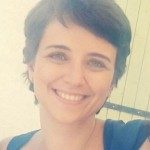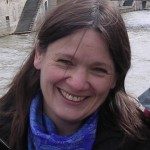Link to Pubmed [PMID] – 30694492
Methods Mol. Biol. 2019;1921:179-189
The ability of Legionella pneumophila to colonize host cells and to form a replicative vacuole depends on its ability to counteract the host cell response by secreting more than 300 effectors. The host cell responds to this bacterial invasion with extensive intracellular signaling to counteract the replication of the pathogen. When studying L. pneumophila infection in vitro, only a small proportion of the cell lines or primary cells used to analyze the host response are infected; the study of such a mixed cell population leads to unprecise results. In order to study the multitude of pathogen-induced phenotypic changes occurring in the host cell, the separation of infected from uninfected cells is a top priority. Here we describe a highly efficient FACS-derived protocol to separate cells infected with a L. pneumophila strain encoding a fluorescent protein. Indeed, the highly infected, homogenous cell population obtained after sorting is the best possible starting point for the studies of infection-induced effects.


